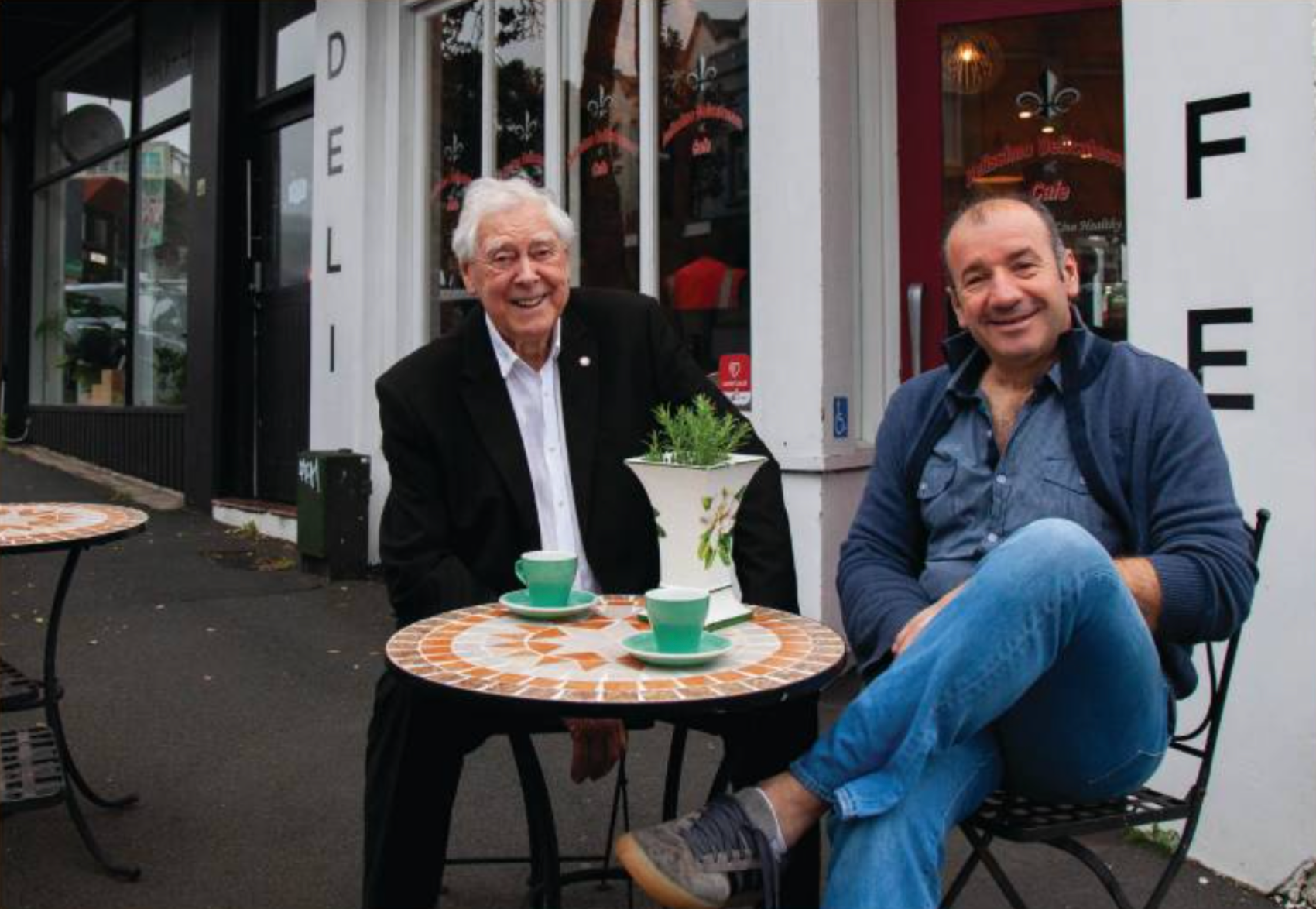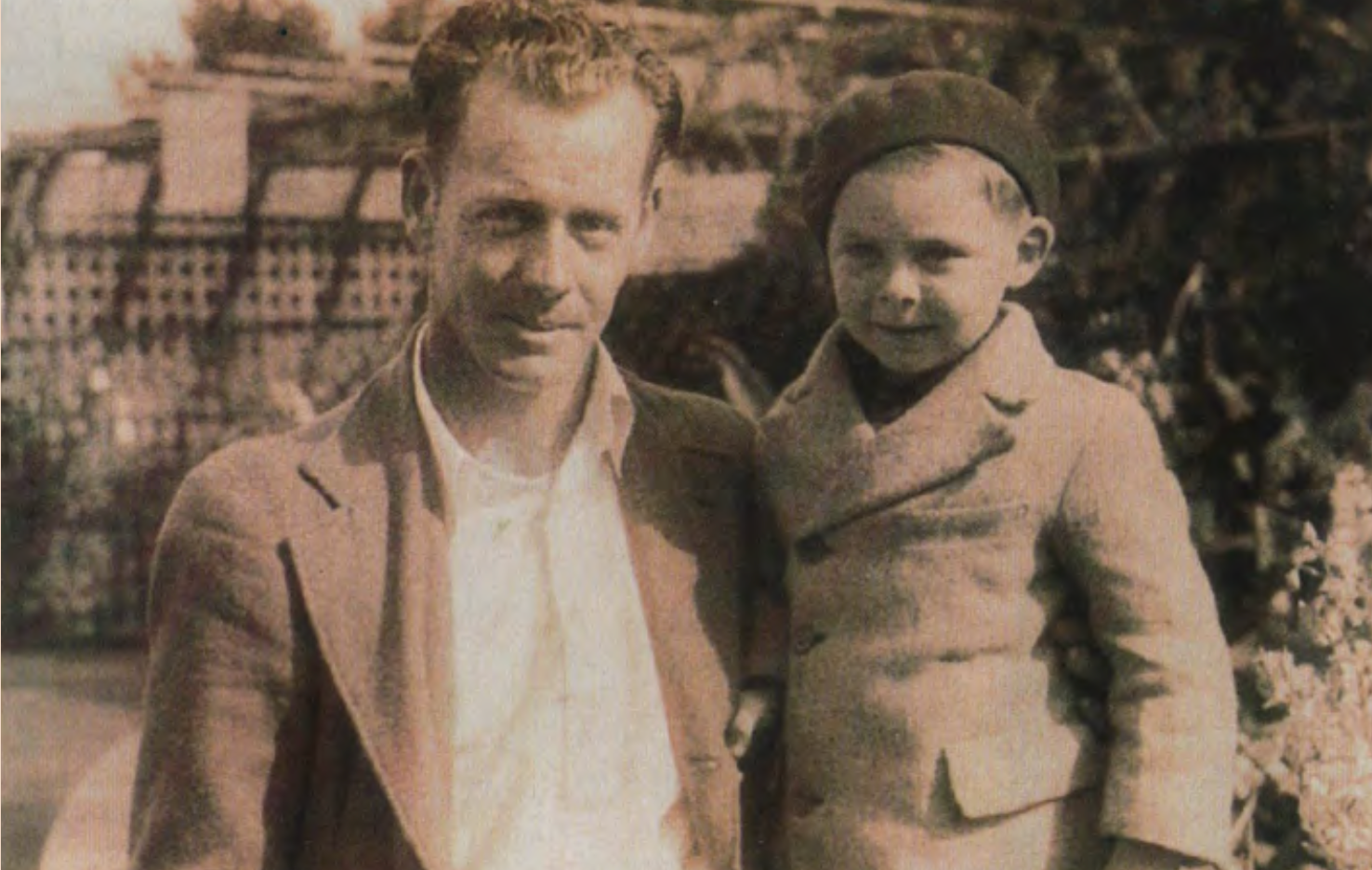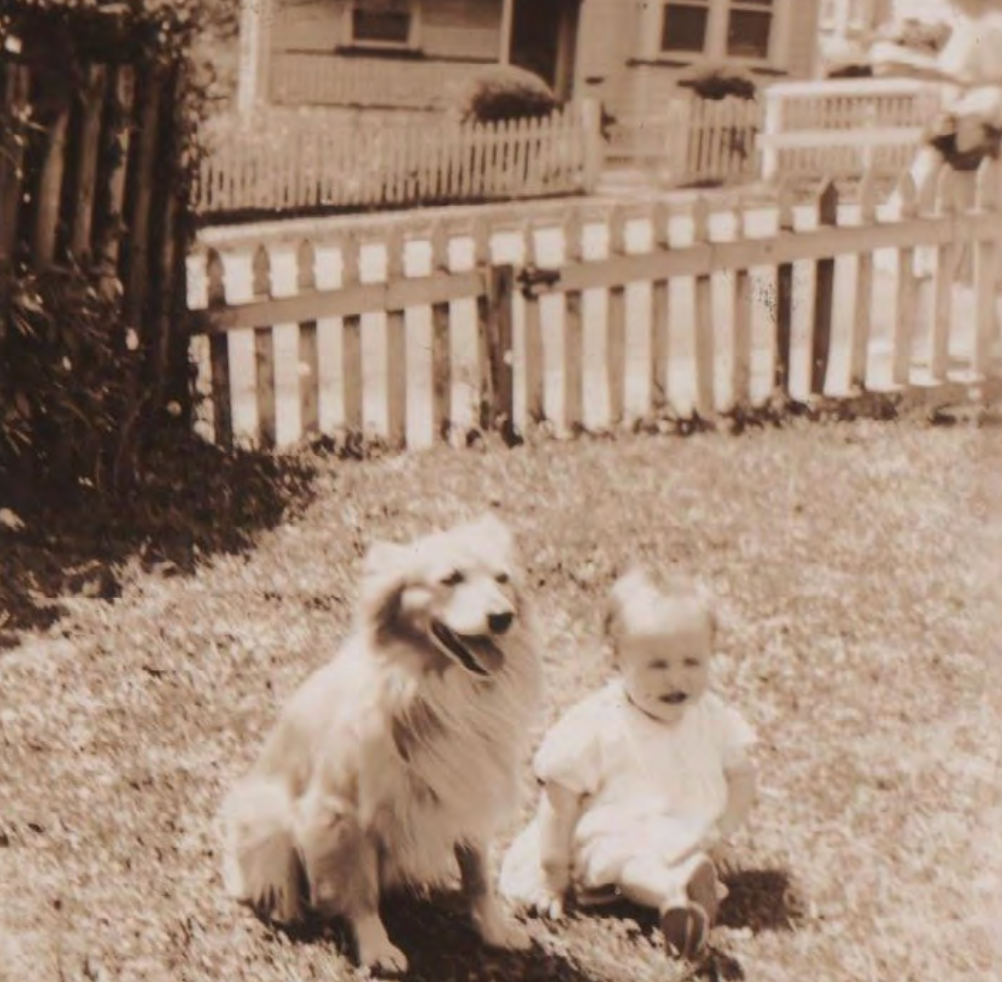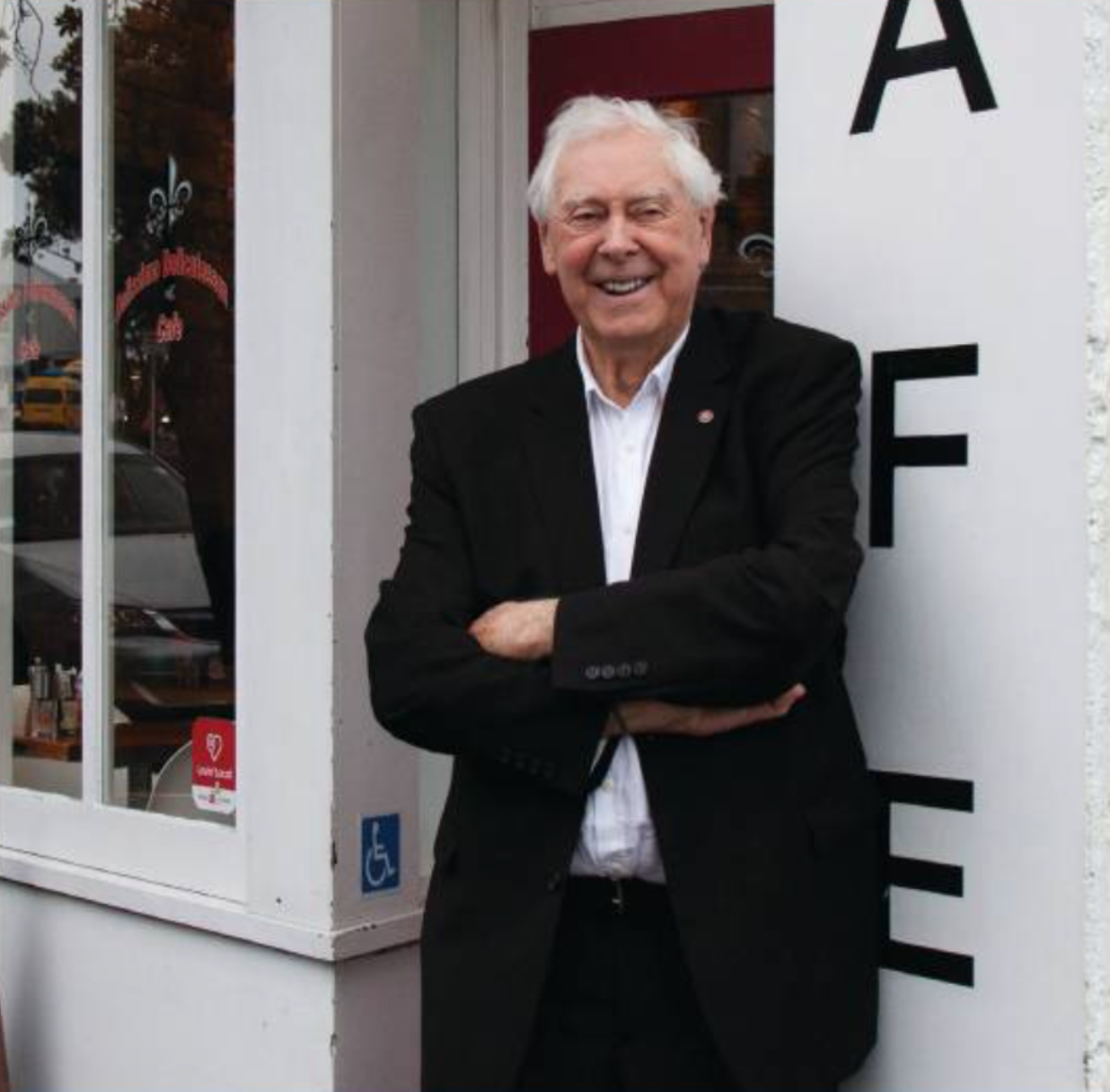
Memories of a Gully Boy
Words: Sir Bob Harvey
Photography: Supplied & Blink Ltd.
I was raised in half a house, at No. 4 Bright Street, which ran down off Eden Terrace in the early 1940s. A strange house whose other half was No. 6, a flat with a small lawn. No 6 still exists, but No. 4, our house, was burned down by my mother trying to light the coal range with a tin of turps. It was a nasty explosion that caught her on fire as well as the house. She never really liked the house anyway. She told me the reason they rented it for a cheap five shillings a week was because a man had slashed his wife’s throat in the pantry and when my father pulled up the lino, all the floorboards were stained with blood. I used to think I could hear ghosts in the middle of the night enacting the murder, but that’s what five-year-olds did in those days.
I started school at St Benedict’s because the southern gully side was Catholic and I had been adopted from a Catholic orphanage. My parents had to swear that I would be raised a Catholic, but I had much more adventure in me than that.
At the top of Bright Street was the massive Anchor Butter factory where many of our parents worked and behind it, the railway line that us kids would put pennies, nails and anything that could be flattened into curious shapes by the massive 4pm train, all steam and fury, heading west. The bravest of us would press ourselves against the wall of the Dominion Road flyover and stand transfixed as the train went past spraying us with steam and oil. Later in life I would be instrumental in putting in a double line to the west and then electrifying the system, but that’s another story.
Eden Terrace was a fascinating mixture of houses, churches and retail in those days. They always seemed so busy. At the top of Bright Street was a very big wooden church that was next door to
a Chinese laundry where sheets and shirts were boiled in massive copper pots and the delightful Chinese owner would iron piles of crisp white sheets and shirts to gleaming perfection. His only rule was no “ticky no shirty”. Our fathers would wear crisp white shirts to church on Sunday.
Further up Eden Terrace was Buchanan’s Bakery. In the 40s, it still had two horses and delivery wagons delivering fresh bread to all the gully houses and streets around Mt Eden. I would work there with my uncles for half a crown on Sunday nights from 7 til 9pm when the hot dough would be turned into loaves on the first floor and then come sliding down chutes to be taken out of the tins and put onto trays
for us boys to push out into the cooling yards for delivery the next morning. The bakery still exists as the Mahatma Gandhi Centre and the interior is much the same as it was back then.
Half way down Virginia Avenue there was a small dairy with a menagerie on the side. It must have been legal for people to keep monkeys and exotic birds. I remember cages with chimpanzees along the fence line and sometimes the owner would let us kids play with the chimps in the backyard with its nasty pecking peacocks and tortoises.
Further up Eden Terrace was the massive Maida Vale factory where most women could easily get jobs as machinists and pressers. It did huge business and I remember my aunties all seemed to work there until they got pregnant by American soldiers. Somehow the babies were either swapped or given away as their lovers got blown up by the Japanese in the Pacific War.
On the corner of Exmouth Street was Wagg’s Hardware store. Jammed from floor to ceiling with locks, keys and hammers. I remember it like a mini Bunnings in the 40s, full of everything that a home handyman would ever need or want. Wagg’s also had a massive furniture-making area at the rear, with sawdust covering everybody and everything. It had such a great smell. I recall nearly all the shops having their own memory-evoking scent.
On the corner of Eden Terrace and Mt Eden Road was the funeral directors, which did great business sending the relatives off to Waikumete. It was later turned into a restaurant by Laila Harre, but it was off limits to me, as I had seen so many of the family carried through the doors and simply couldn’t bring myself to eat there.
The Grafton Library was the most beautiful structure on the way to Mt Eden. It was my first encounter with books and the joy of reading has never left me. The post office on Symonds Street was forever getting robbed. Trams seemed to go past every five minutes and as few of the gully community owned cars, we either walked or caught
trams. For us Catholics, St Benedict’s had mass at 10am each Sunday and I vaguely thought of becoming a priest at one time, but that soon passed when girls turned up. The priest did tell me that the church had been built from the sky down and I willingly believed him. I didn’t ask him what being a priest was like, I simply guessed.
On the corner of Newton Road was the Astor Hotel and on the opposing corner stood the Edinburgh Castle. My father, who was a fisherman with Sanford’s, would join his brothers for a Friday night drink at the Edinburgh Castle when back from the sea, and at 18 years of age I sneaked in and had my first drink with my dad and uncles. The liquor licensing laws were strict and a proprietor could be fined or jailed for serving an underage yokel like me.
My memories of this stretch of Auckland are still as fond as ever and I’m so pleased that many of the shops are finding new life as cafes and pop-ups with a generation who will never know what went before or even care. I cheer them on.



